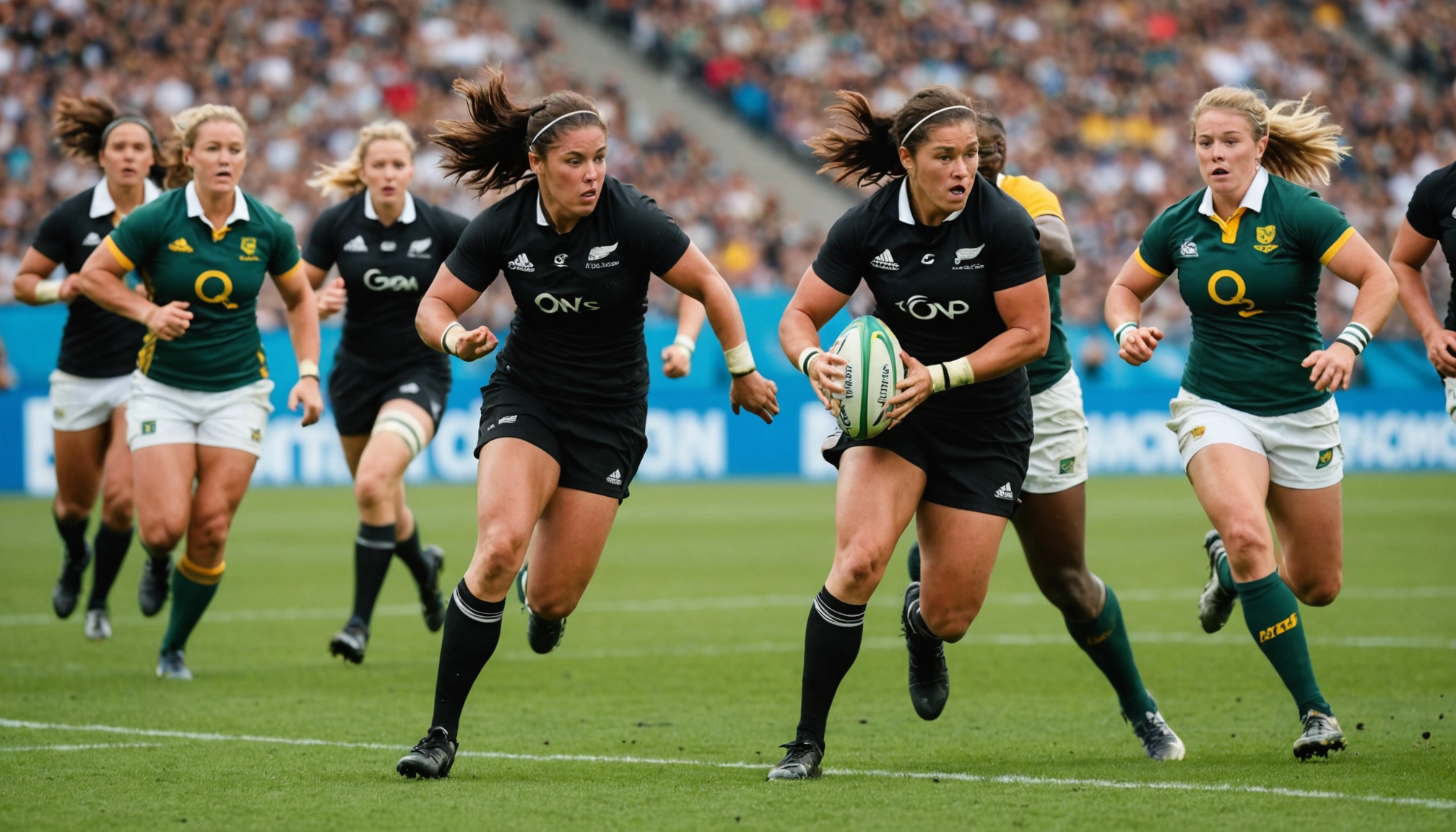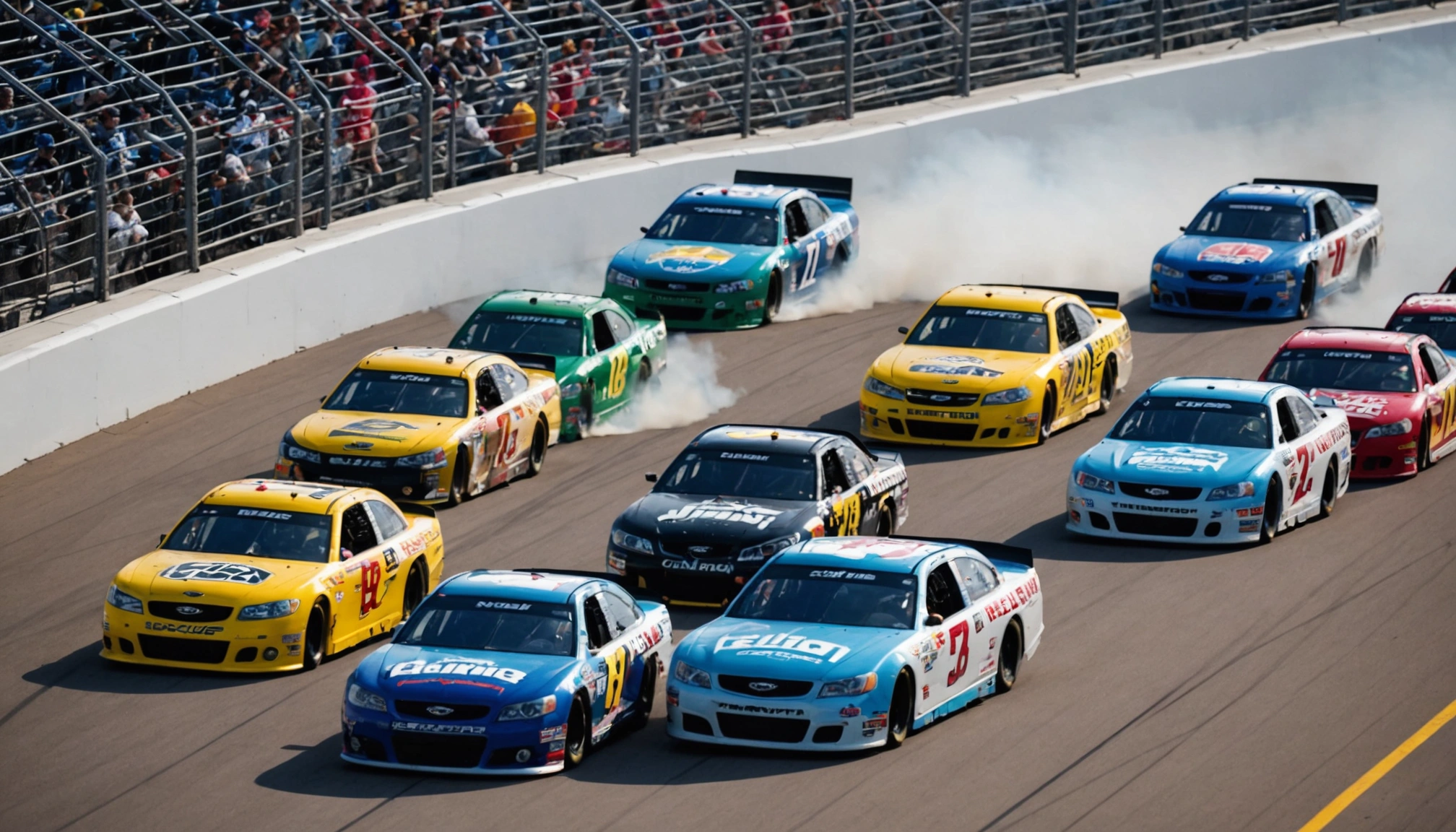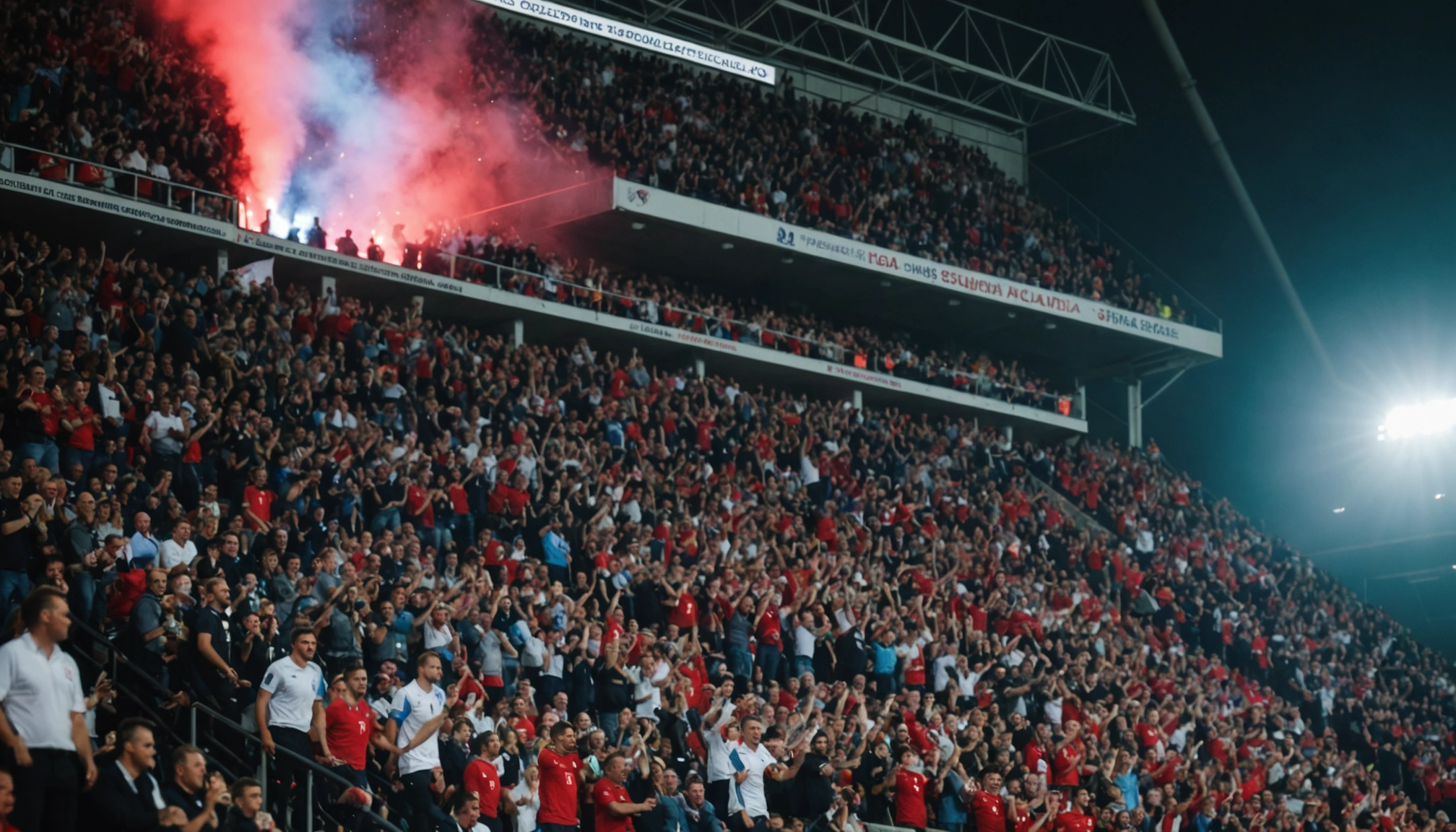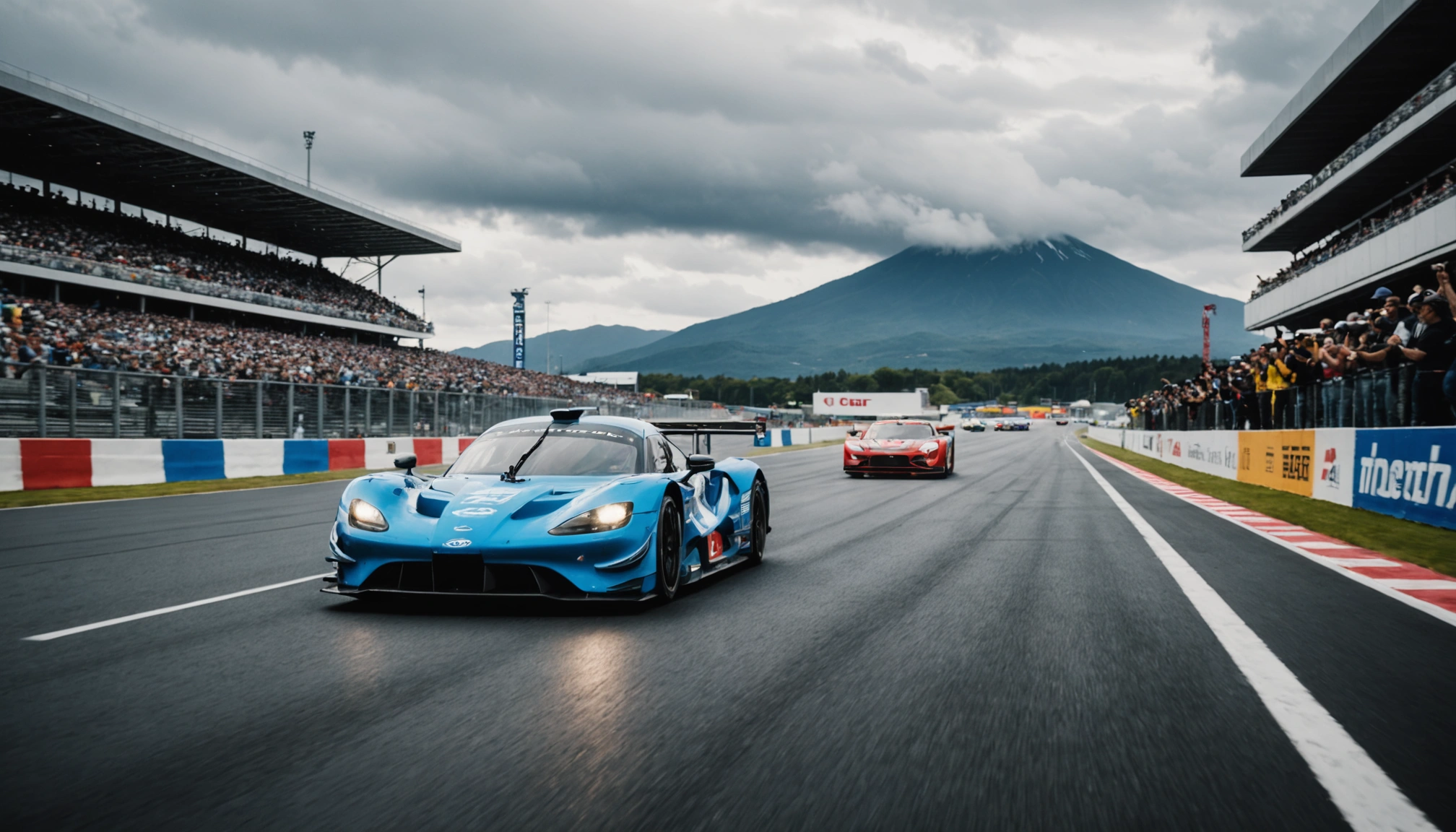Why NASCAR Didn’t Penalise Race Or Playoff Manipulation After The Roval
Explore why NASCAR chose not to issue penalties for alleged race or playoff manipulation after the Roval event, with insights into the sport’s regulations and fairness.
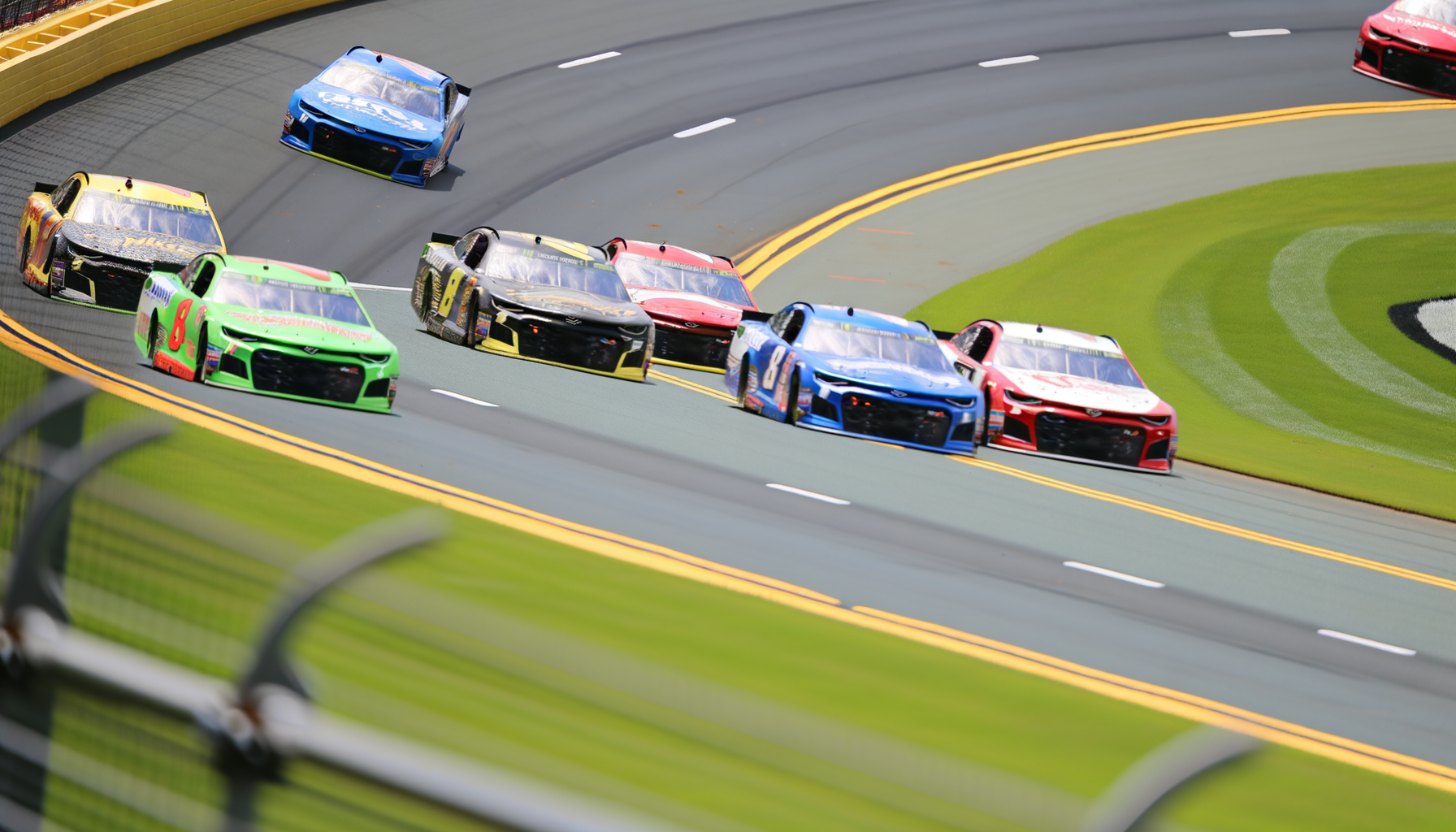
By Editorial
Introduction To NASCAR’s Decision Post-Roval
NASCAR’s recent decision not to impose penalties for alleged race or playoff manipulation following the Roval event sparked widespread discussion among fans and analysts alike. The Roval, a hybrid road course and oval at Charlotte Motor Speedway, often produces thrilling and unpredictable racing, but this time controversy arose regarding potential strategic manoeuvres that some viewed as manipulation.
Understanding why NASCAR refrained from penalising teams requires a deep dive into the sport’s regulatory framework, the nature of the incidents, and the broader context of competitive strategy in motorsport. This article examines the reasons behind NASCAR’s ruling and what it means for the integrity of the sport.
What Constitutes Race Or Playoff Manipulation In NASCAR?
In NASCAR, race or playoff manipulation refers to deliberate actions by drivers or teams to influence the outcome of a race or playoff standings unfairly. This could involve intentionally slowing down, avoiding competition, or coordinating with other competitors to secure a favourable playoff position.
However, the line between strategic racing and manipulation is often blurred. NASCAR’s rules prohibit actions that undermine the integrity of the competition, but they also acknowledge that tactical decisions are part of racing. This complexity makes enforcement challenging.
Examples Of Past Manipulation Cases
Historically, NASCAR has penalised teams caught deliberately fixing race outcomes. For instance, in 2013, Michael Waltrip Racing faced severe penalties after intentionally causing a caution to benefit a teammate. Such clear-cut cases of collusion have set a precedent for NASCAR’s disciplinary actions.
Yet, incidents involving less overt tactics often result in no penalties, as proving intent is difficult. The recent Roval event falls into this latter category, where strategic driving was scrutinised but not conclusively deemed manipulation.
Why NASCAR Chose Not To Penalise After The Roval
Following the Roval race, NASCAR officials thoroughly reviewed the incidents flagged by commentators and fans. Their conclusion rested on several factors:
- Lack of definitive evidence: There was no concrete proof that drivers or teams conspired to manipulate the race outcome.
- Permissible strategic behaviour: Some actions, while controversial, fell within the accepted realm of race strategy, such as managing tyre wear or positioning.
- Maintaining competitive spirit: NASCAR aims to preserve the natural unpredictability and tactical depth of racing without over-policing.
These considerations led NASCAR to maintain fairness while recognising that racing often involves complex decision-making rather than outright manipulation.
The Role Of The Roval’s Unique Layout
The Roval’s combination of road course and oval sections inherently challenges drivers, encouraging diverse strategies. The track’s tight corners and technical demands can cause variations in pace and positioning that may look suspicious but are often legitimate tactics.
This complexity makes it even harder for officials to separate strategic racing from manipulation, especially when teams exploit the layout’s nuances to gain advantage.
Implications For Drivers And Fans
For drivers, NASCAR’s stance reinforces the importance of racing smart while adhering to the rules. It signals that while aggressive tactics are allowed, crossing into manipulation will face consequences—unless intent is unclear.
Fans, meanwhile, must appreciate the strategic layers in NASCAR. Understanding that not all controversial moves are manipulative helps maintain respect for the sport’s competitive integrity.
Comparing NASCAR’s Approach To Other Sports
NASCAR’s challenge is not unique. Similar issues arise in football, cricket, and other team sports where strategy can border on manipulation. For example, the Isak and Wissa transfer saga in football sparked debates about player influence on outcomes, showing that manipulation concerns are widespread.
Unlike football’s governing bodies that often impose heavy sanctions for match-fixing, NASCAR’s approach is more cautious, reflecting the sport’s intrinsic strategic nature and the difficulty of proving intent on track.
The Future Of Regulation In NASCAR
NASCAR continues to evolve its rules to balance competitive fairness and strategic racing. The Roval incident highlights the need for clearer guidelines on what constitutes manipulation, possibly incorporating advanced telemetry and data analysis to improve enforcement.
Moreover, educating fans and stakeholders about the nuances of race strategy can reduce misunderstandings and controversies.
Conclusion: Maintaining Fair Play Without Stifling Strategy
NASCAR’s decision not to penalise race or playoff manipulation after the Roval underscores a commitment to fairness grounded in evidence. While fans may desire strict punishments for perceived manipulation, the sport must carefully differentiate between unethical conduct and legitimate tactics.
This approach preserves NASCAR’s dynamic and unpredictable nature, ensuring thrilling competition while upholding integrity.
For those interested in following other sports stories with intricate dynamics, check out our coverage on Pav Singh’s rise in football management or the comprehensive guide to England cricket teams.
Related topics
Editorial
Sports expert at SportsScoop
Specialist in sports analysis and journalism
Related articles
Want to read more?
Explore our comprehensive collection of sports articles and analysis, or contact us for more information.
